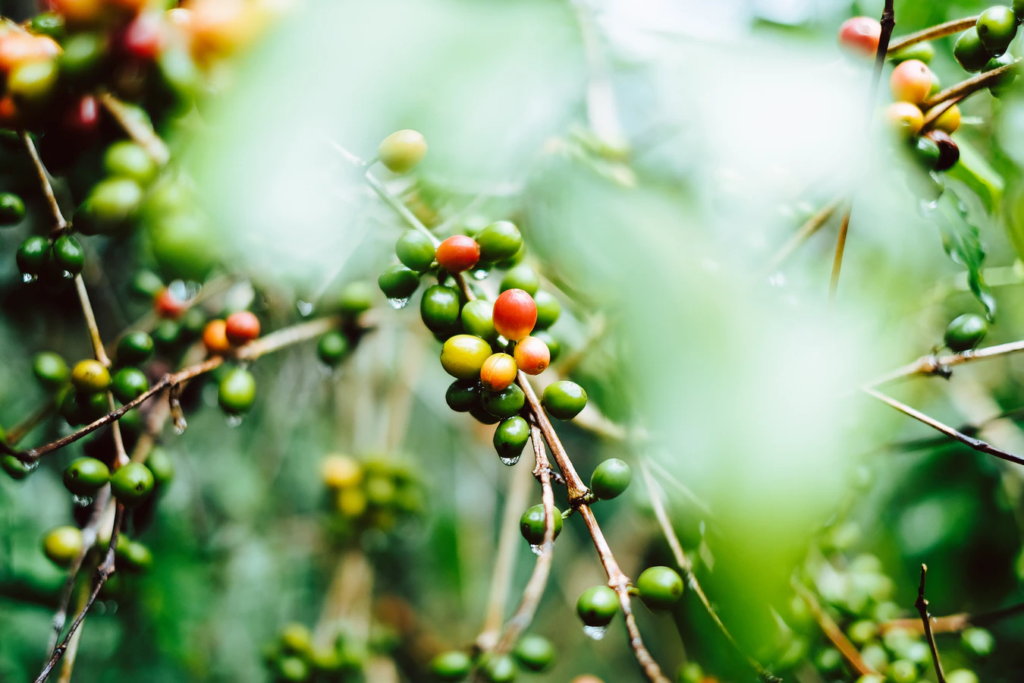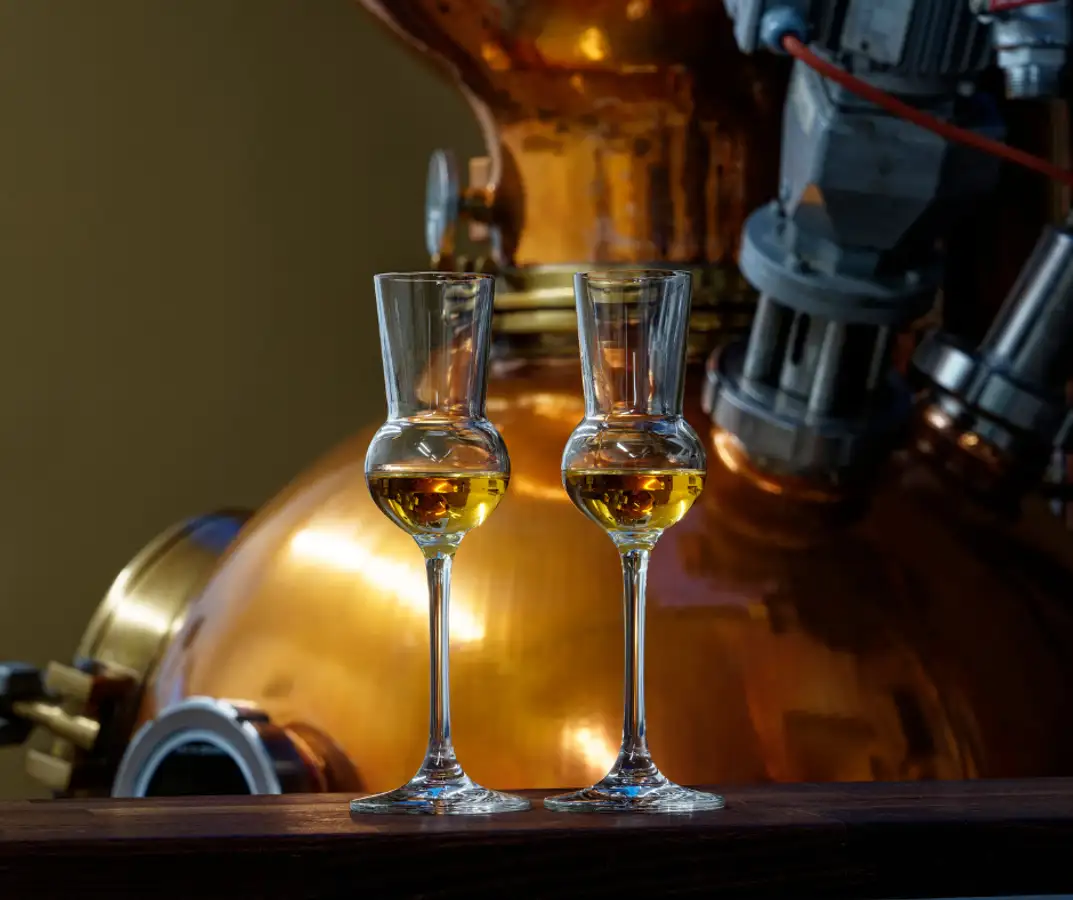Distillation combines scientific understanding with refined skills, balancing precision with creativity to reach excellence. By using the differences in boiling points of various liquids, this process creates pure ethanol, which is fundamental in the production of alcoholic beverages and is widely used in industries ranging from pharmaceuticals to fuel production. Read on to learn more about distillation and its place in alcohol production.
What is distillation?
Distillation is a process that separates the components of a liquid mixture based on their different boiling points. When a mixture is heated, the component with the lower boiling point vaporises first. This vapour is then extracted, cooled and condensed back into a liquid form, effectively separating it from the rest of the mixture. This method is particularly effective for separating chemical substances that have distinct boiling points.
The basic principles of alcohol distillation
The fundamental concept behind alcohol distillation is the difference in boiling points of ethanol (78.37°C) and water (100°C). As the liquid mixture heats up, ethanol vaporises first and is directed to a cooling column to condense and separate. To increase alcohol purity and remove impurities, the distilled liquid undergoes additional distillation cycles.
Distillation over time
Distillation, dating back to ancient times for perfumes and medicines, is now essential across industries. In alcohol production, it separates ethanol from a fermented mixture to create spirits like whiskey, vodka, and rum. Beyond beverages, it's vital in pharmaceuticals, industry, and cosmetics for purification.
Key terms in alcohol distillation
1. Boiling point: The temperature at which a liquid turns into vapour.
2. Vapour pressure: The pressure exerted by a vapour in equilibrium with its liquid at a given temperature.
3. Condensation: The process of a gas turning back into a liquid when cooled.
4. Separation of components: The isolation of different substances based on their boiling points.
Types of distillation used in alcohol production
Different types of distillation methods are used in alcohol production, each suited to specific needs and desired outcomes. The three main types are:

Simple distillation
Simple distillation is the most basic form of distillation. It is used to separate components in a mixture with significantly different boiling points. In the early stages of alcohol production, simple distillation can be used to remove volatile components such as methanol from the fermented mixture.

Fractional distillation
Fractional distillation, used for mixtures with close boiling points, achieves higher ethanol purity. The setup includes a packed distillation column that enhances condensation and vaporisation. Higher boiling point components condense sooner, while lower ones rise and condense in the collection vessel.

Vacuum distillation
Vacuum distillation lowers atmospheric pressure to reduce boiling points, allowing alcohol distillation at lower temperatures. This prevents heat-sensitive compounds, like terpenes and aromatics, from degrading, making it ideal for high-quality spirits that require preserving delicate flavours and aromas.
The step-by-step process of producing alcohol
The alcohol production process involves several steps outside of distillation, each critical to the final ethanol quality.

Fermentation
The process begins with fermentation, where sugars or starches from raw materials such as grain, sugar cane, or fruit are converted into alcohol by the action of yeast. The result is a fermented liquid called ‘wash’ that contains alcohol, water, and various other components such as esters, methanol, and aldehydes.
Distillation
The wash is carefully heated and undergoes multiple distillation cycles to concentrate ethanol, achieving a high purity level of up to 96% ABV /194 proof. This intensive distillation process is essential to reach such high levels of alcohol concentration and purity.
Finishing
Ethanol is aged in barrels or stored in glass, mixed with botanicals, or filtered for purity, depending on the spirit. Barrel ageing, often in charred oak, adds unique flavours and complexity, essential for spirits like whiskey, where it develops distinct characteristics.
Distillation – balancing science and artisanry
The distillation of alcohol is a sophisticated process that combines scientific principles with artisanal skills, requiring a deep understanding of physical principles and meticulous attention to detail. The process involves careful control of temperature and pressure to achieve the desired separation of components. However, the artistry comes in perfecting the flavour, aroma, and quality of the final product, making it a cherished skill in the production of alcoholic beverages.
At Nedstar, we recognise the complexity behind every distilled spirit and appreciate the dedication required to master this process. If you want to learn more about the production of ethanol, make sure to read our other blog post on how alcohol is produced.







.webp?width=352&name=REN-Alcohol%20(1).webp)


Leave a comment